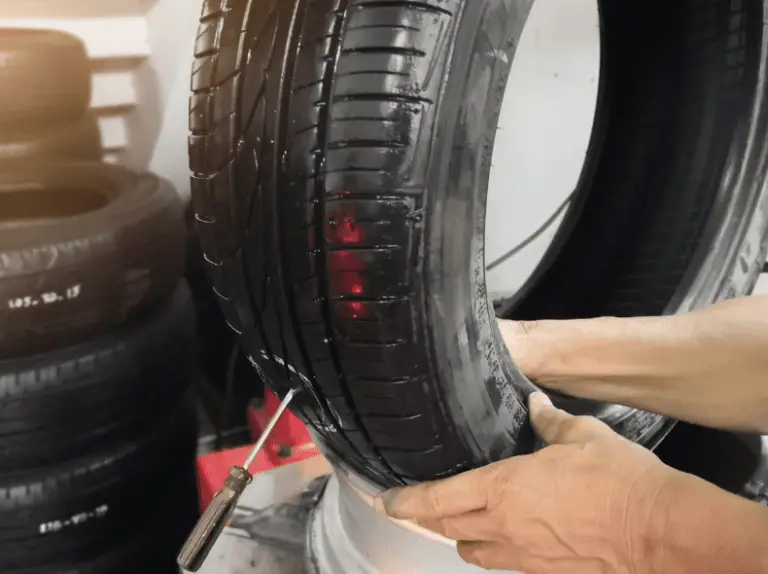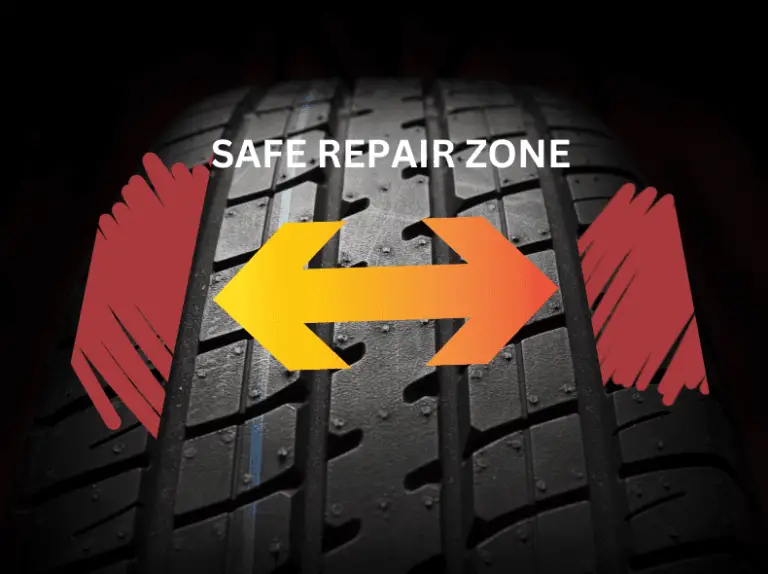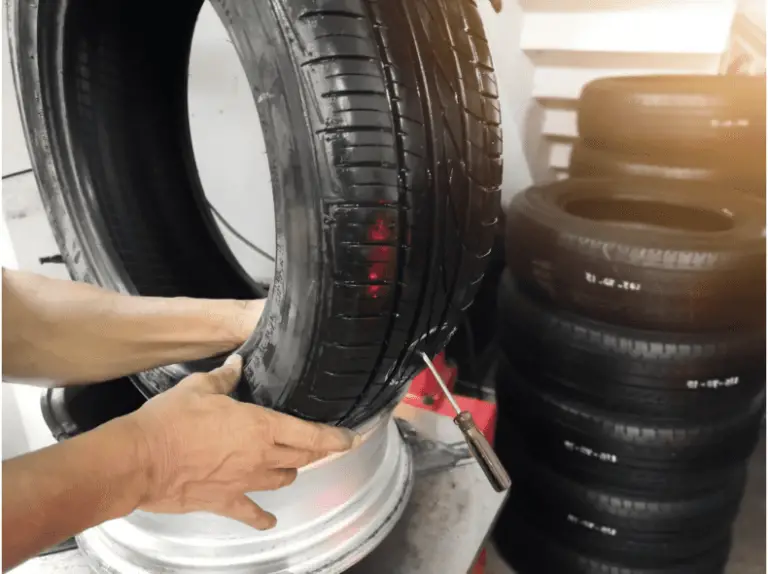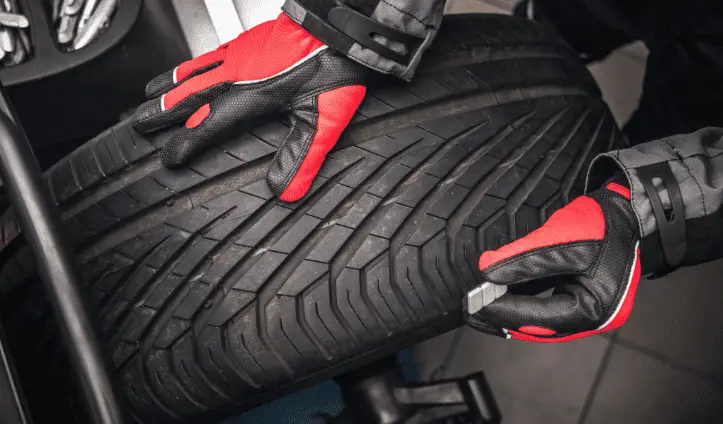In this article, we will examine whether tire repairs are permanent. Generally, there are three types of repair.
We have a tire plug, a tire patch, and tire sealant like Slime or Fix a Flat.
None of these solutions will get your tire back to the state it was before it was repaired. So to briefly answer your question, no tire repairs aren’t permanent but can provide a short to medium-time solution to having a slow leak or a puncture.
Let’s look at all three repairs starting with the one that is likely to last the longest. It’s no real surprise that the one that takes the most effort is the one that provides the longer-term solution.
Is A Tire Patch Repair Permanent?
You may be aware, but to patch a tire, you must take it off the wheel or the rim to get inside it. This takes time, effort, and a little bit of brute force that some people feel they don’t want to put in. The patch repair procedure is fairly simple once the tire has been removed from the rim.
It is a case of smoothing the area where the hole is with a light rub of a buffing material, followed by cleaning the area before applying some quick-drying rubber cement.
This should only take 5 minutes to dry. The area is now clean and dry and ready to accept the patch.
Apply the radial patch to the hole area and press firmly on it. Finally, add some repair sealant onto the patch.
If you do all these steps in order and correctly, the patch repair could last you for many thousands of miles. Of course, they can be no guarantee that it will last this long.
A lot depends on the condition of the tire around the repair. The quality of the road surface you normally drive on, your driving style, and weather conditions will play a large part in how long the repair will last.
Is A Tire Plug Repair Permanent?
Plugging a tire does not require it to be removed from the rim and is, therefore, the preferred option for many people doing this repair at home.
Sometimes you don’t have to remove the wheel from the car either, especially if the leak is on a front tire, as you can turn the steering wheel to get better access – something you can’t do with a rear tire leak.
Once again, the care and attention to detail taken when conducting the repair will ultimately dictate how long the repair will last.
If you have to remove a nail or a screw before plugging, don’t dig around the area. Make sure you use a pair of pliers and don’t dig around with a knife. You’ll cut the rubber around the hole and weaken the area.
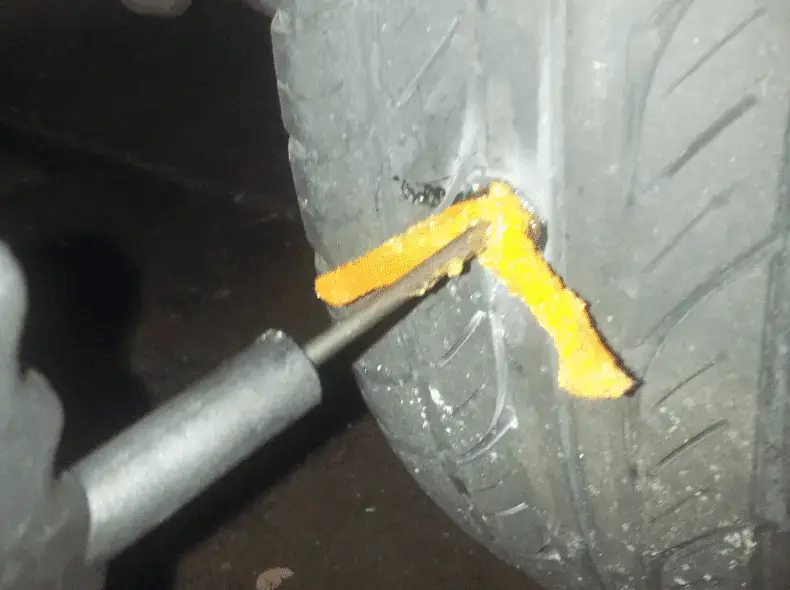
The reamer tool will clear out any dirt or debris by cleaning the hole but also enlarge and make the hole perfectly circular and better able to accept the plug. Use the plugging tool to insert the plug and cut off the remaining visible plug with a sharp knife once installed.
The key to making a tire plug repair as permanent as possible is to not dig around the area trying to get a nail or screw out or not reaming the puncture well enough before plugging.
Any dirt or imperfect reaming will allow air to force its way out of your tire as it warms up from normal road use.
Although not as good as a patch, a well-prepared area and fitted tire plug can last a few thousand miles.
If the tire tread is getting low or you’ve plugged the tire before, it might be more prone to failure with another plug. It might be time to replace the tire.
Is A Tire Sealant Repair Permanent?
Tire sealant can last between three months to a year, depending on the type of sealant and the manufacturer.
It’s important to note that tire sealants are not permanent solutions for fixing leaks in your tires; they’re temporary fixes that can buy you some time until you get new tires or fix the leak yourself.
Think carefully before using the tire sealant as if you are looking to plug or patch the tire later at a tire shop; they may be reluctant to do so if you have used sealant on it.
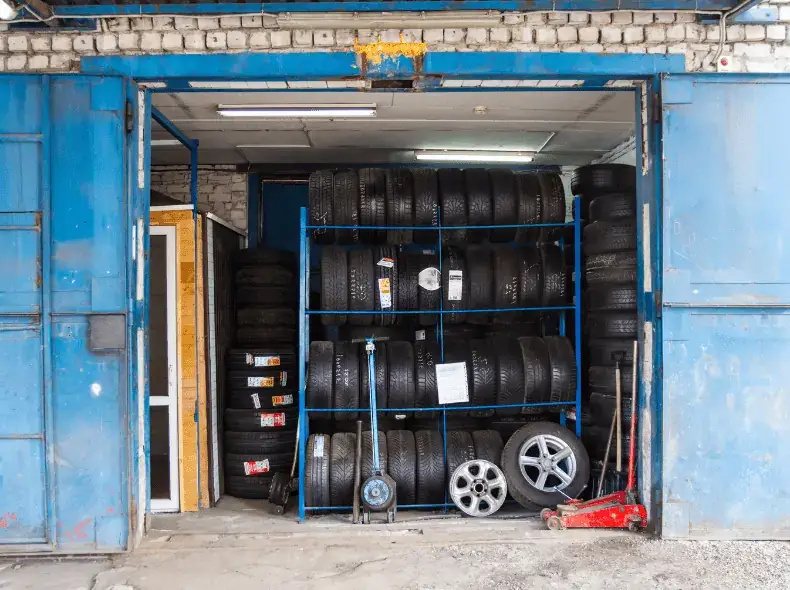
They don’t like that chemicals have been used within the tire and feel they may degrade the rubber.
No tire shop wants to be liable later on for a claim that they have done a poor job or not ensured the safety of the person getting the tire repaired at their business.
In Conclusion
It is even more important to look after a repaired tire than one that hasn’t been repaired. You should inspect it more regularly to ensure that the area is still in good condition and that the repair still holds back a leak.
Underinflation is a bad thing in a repaired tire as it can put additional strain on the area that has been repaired, as it won’t have the inside tire pressure to maintain its shape.
Ensure that the repaired tire is balanced and that all tires on the axle are aligned correctly, as this will help the repair last longer.
To prolong the life of any tire repair, you should not drive over 50 mph or 60 mph. This will reduce the chances of the repair blowing out.



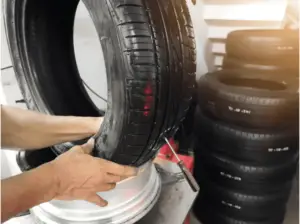
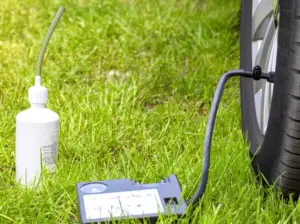
![How Fast Can You Drive On A Patched Tire? [ANSWERED] tire-patch-repair](https://carzaza.com/wp-content/uploads/2023/12/tire-patch-repair-300x150.png)
![Can A Patched Tire Blowout? [Occasionally] Tire-blowout](https://carzaza.com/wp-content/uploads/2023/12/Tire-blowout-300x224.png)
